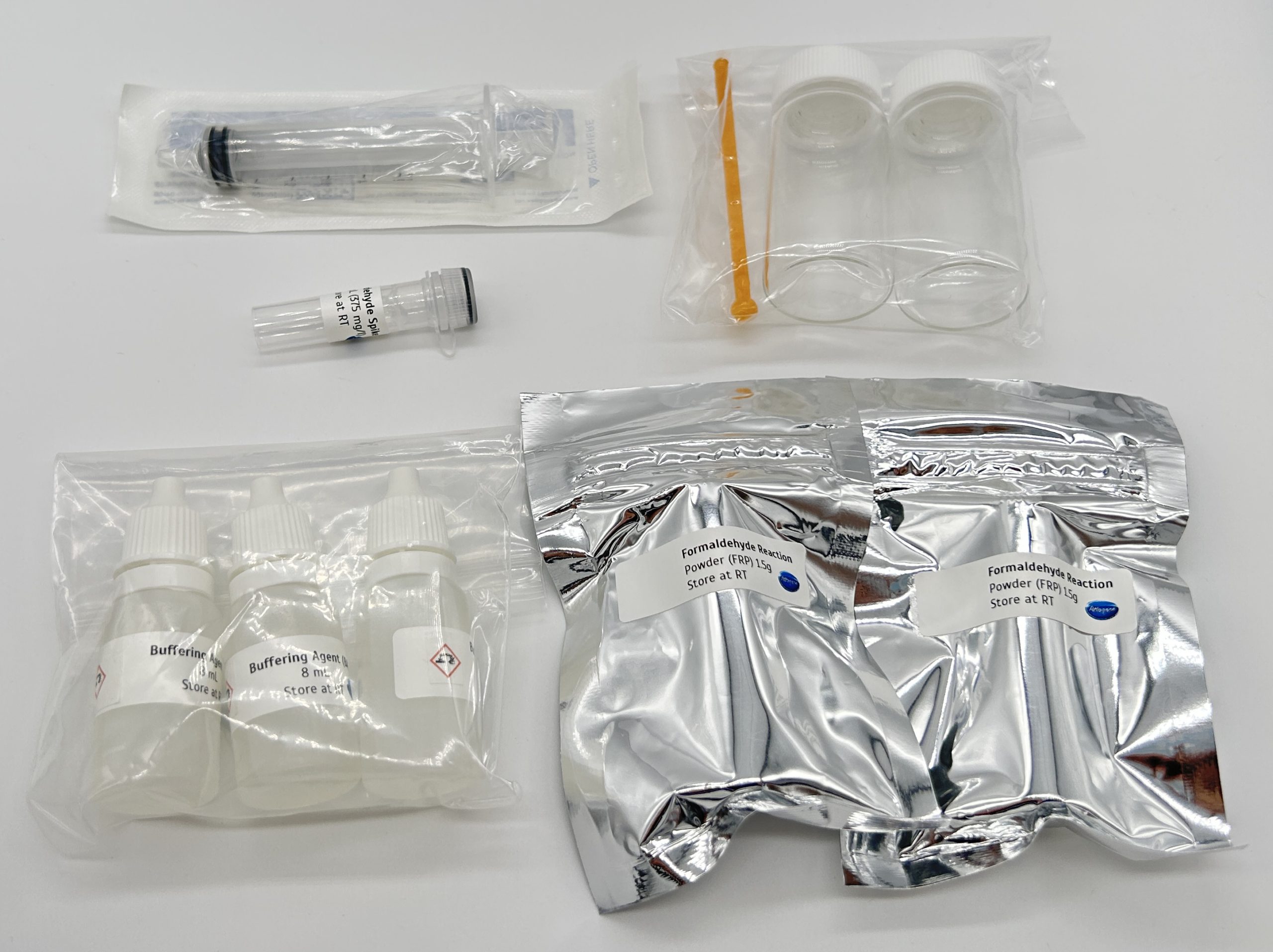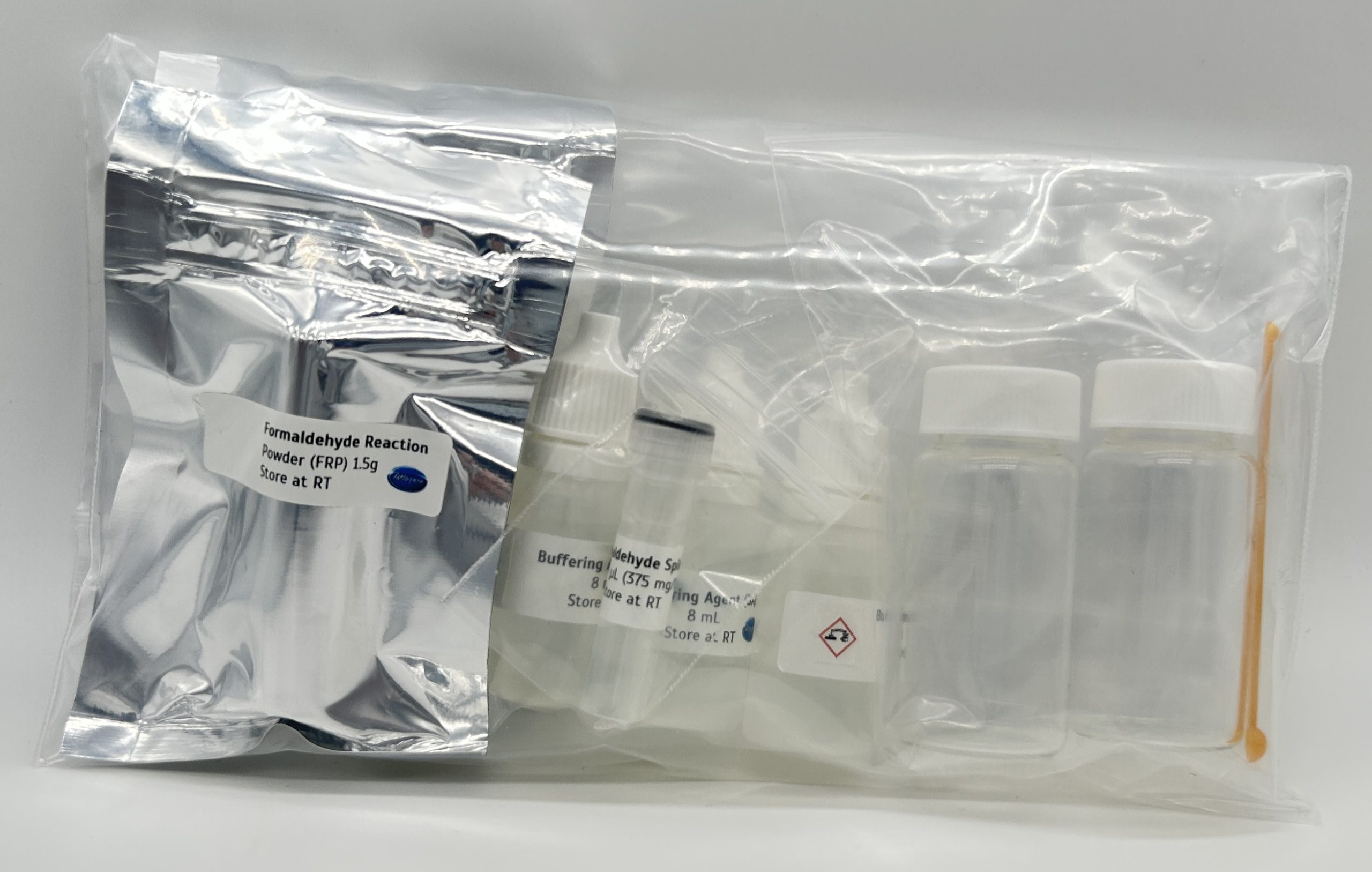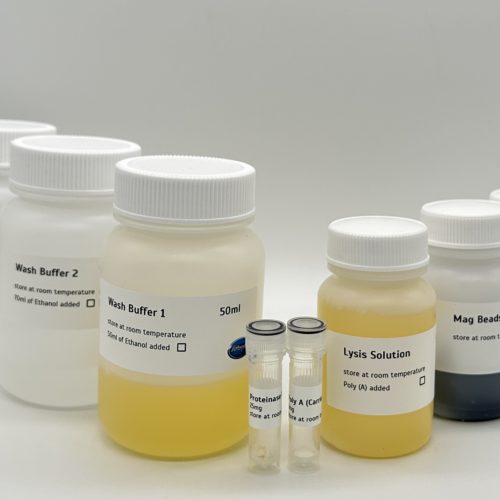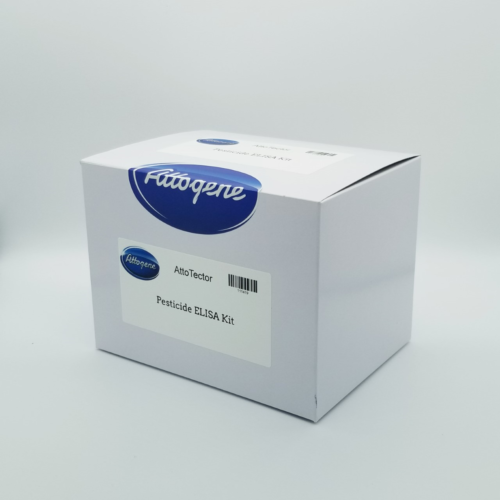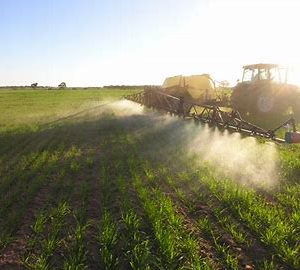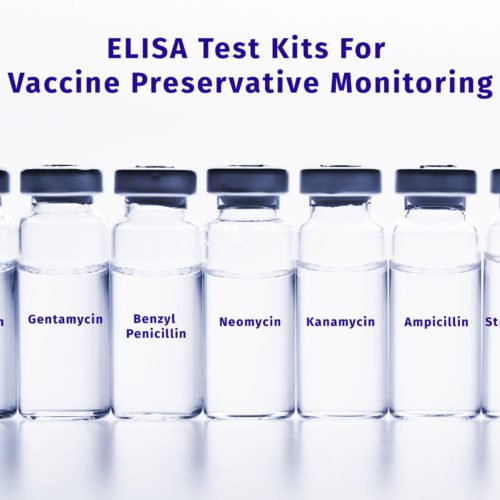Formaldehyde Detection Kit
$198.88
In Stock & Ready to Ship
Attogene test uses the property of formaldehyde to react with the Formaldehyde Reaction Powder (FRP) to form a purple-red tetrazine. The formaldehyde concentration is measured by visual comparison of the reaction with the color scale derived from the Color Card.
Kit Contents: 3 x 8mL BA (Buffering Agent) in dropper bottle 2 x 1.5g FRP (Formaldehyde Reaction Powder) in foil pouch bag 1 Microspoon 2 Sample Vial 1 Color Card 1 Graduated 5-mL Syringe
Formaldehyde is an organic compound with the formula CH2O. It is mainly used in the production of industrial resins but has been found to be used as a preservative, disinfectant and biocide. Because of its toxicity and volatility formaldehyde poses a significant risk to human health. Attogene test uses the property of formaldehyde to react with the Formaldehyde Reaction Powder (FRP) to form a purple-red tetrazine. The formaldehyde concentration is measured by visual comparison of the reaction with the color scale derived from the Color Card.
| Measuring range / color- Number of scale graduation | Number of determinations |
| 0.1 – 0.25 – 0.4 – 0.6 – 0.8 – 1.0 – 1.5 mg/l HCHO | 100 |
Where formaldehyde is found
Formaldehyde is found in:
- Resins used in the manufacture of composite wood products (i.e., hardwood plywood, particleboard and medium-density fiberboard)
- Building materials and insulation
- Household products such as glues, permanent press fabrics, paints and coatings, lacquers and finishes, and paper products
- Preservatives used in some medicines, cosmetics and other consumer products such as dishwashing liquids and fabric softeners
- Fertilizers and pesticides
It is a byproduct of combustion and certain other natural processes, and so is also found in:
- Emissions from un-vented, fuel burning appliances, like gas stoves or kerosene space heaters.
- Cigarette smoke.
White Paper from Nix Color Sensor using Attogene’s Formaldehyde Kit: Nix Color Sensor & Attogene Formaldehyde Kit
